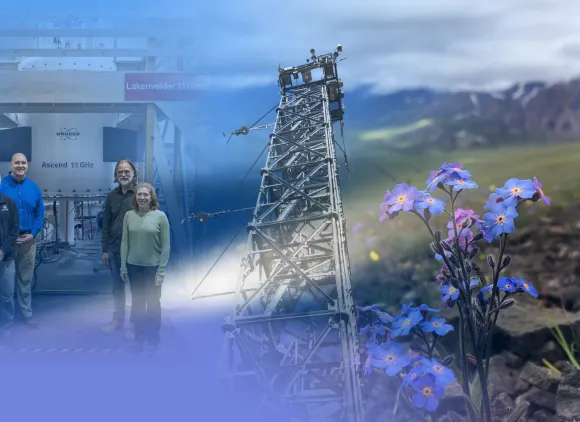Major facilities
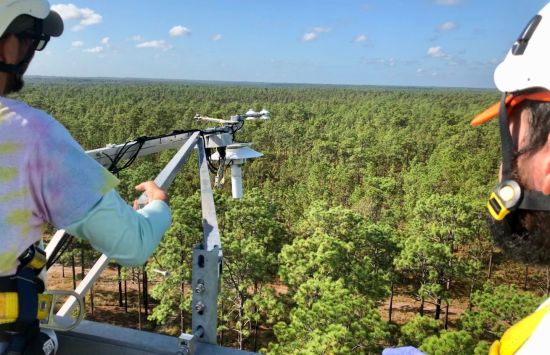
NSF National Ecological Observatory Network (NSF NEON)
Operated by Battelle, the National Ecological Observatory Network (NSF NEON) is the only continental-scale observation facility designed to collect standardized, long-term open-access ecological data.
These data, collected at 81 field sites representing a range of climates and ecosystems, enable research on the impacts of environmental and land-use change, infectious diseases and invasive species on the nation's living ecosystems. NSF NEON is the only NSF major research facility supported by BIO.
Mid-Scale Research Infrastructure
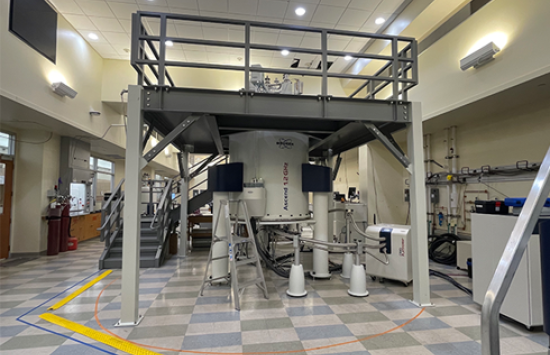
National Gateway Ultrahigh Field NMR Center
Offering democratized access to nuclear magnetic resonance (NMR) spectroscopy tools, the National Gateway Ultrahigh Field NMR Center at The Ohio State University enables groundbreaking research with a focus on biomolecules and their interactions, metabolomics and materials science.
The facility's centerpiece is a 1.2 GHz NMR spectrometer, the first such instrument in the U.S., available for use by researchers from academia, government and industry.
Learn more about the National Gateway Ultrahigh Field NMR Center.

Network for Advanced NMR (NAN)
NAN is a collaboration between the universities of Connecticut, Georgia and Wisconsin that provides distributed access to high-field NMR spectroscopy.
This network enables researchers nationwide to use 1.1 GHz NMR spectrometers, some of the highest-powered spectrometers in the United States. Research enabled by this tool can advance biomedicine, materials science and chemistry.
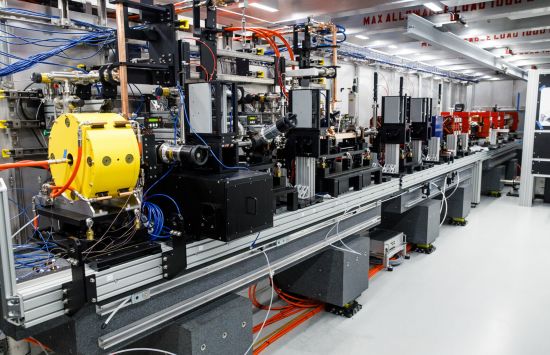
Compact X-Ray Free Electron Laser (CXFEL) Facility
The compact X-ray free electron laser (CXFEL), currently being developed at Arizona State University, will generate attosecond X-ray pulses so short that they outrun all X-ray damage processes.
Its innovative and vastly smaller footprint as compared to other XFELs dramatically lowers the cost of running experiments. As a result, scientists can explore the structure and dynamics of nature and materials as never before.
The facility could enable new understanding of biomolecules, enhanced biomedical imaging and unraveling of quantum science. The facility is scheduled to be operational in 2027.
Deep Soil Ecotron
Led by the University of Idaho in collaboration with multiple institutions, the Deep Soil Ecotron is a first-of-its-kind facility that enables researchers to simulate changes to the living and non-living parts of soil.
These simulations help scientists understand how those changes impact the soil itself, plants, the atmosphere, and the whole ecosystem.
This research will advance soil science, ecology and biogeochemistry; lead to new soil sensors and technologies; and benefit industries such as agriculture and forestry.
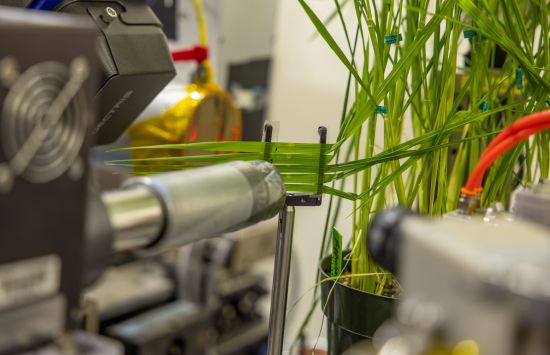
X-rays for Life Sciences, Environmental Sciences, Agriculture and Plant Sciences (XLEAP)
The X-rays for Life Sciences, Environmental Sciences, Agriculture and Plant Sciences (XLEAP) facility will be located at the Cornell High Energy Synchrotron Source facility.
It will feature cutting-edge instrumentation enabling the measurement of trace amounts of rare earth elements and elements with high atomic numbers that are often obscured at lower energies.
This research can help create resilient crops, advance soil science and extract rare earth elements and metals. XLEAP is scheduled to be operational in 2028.


